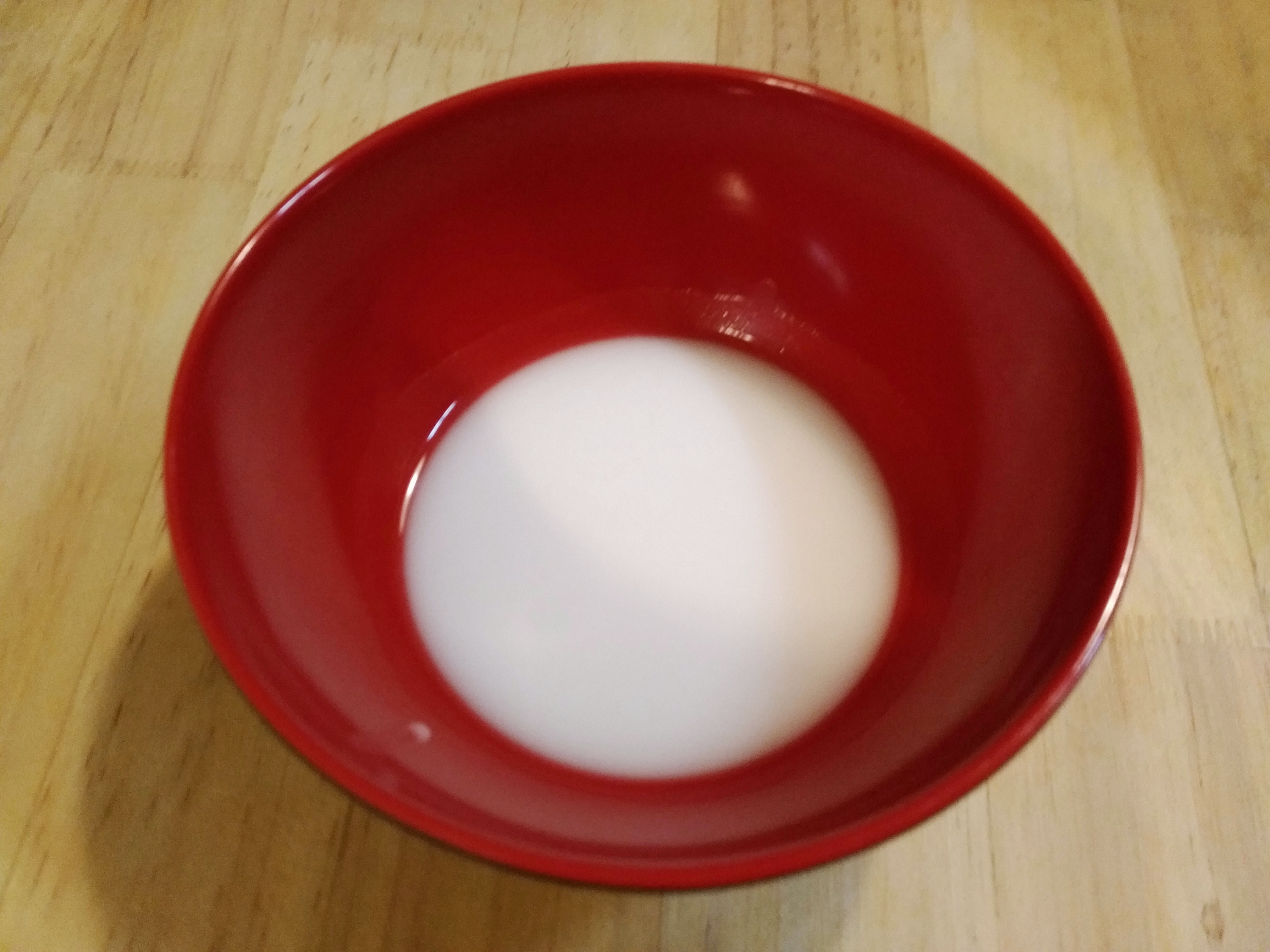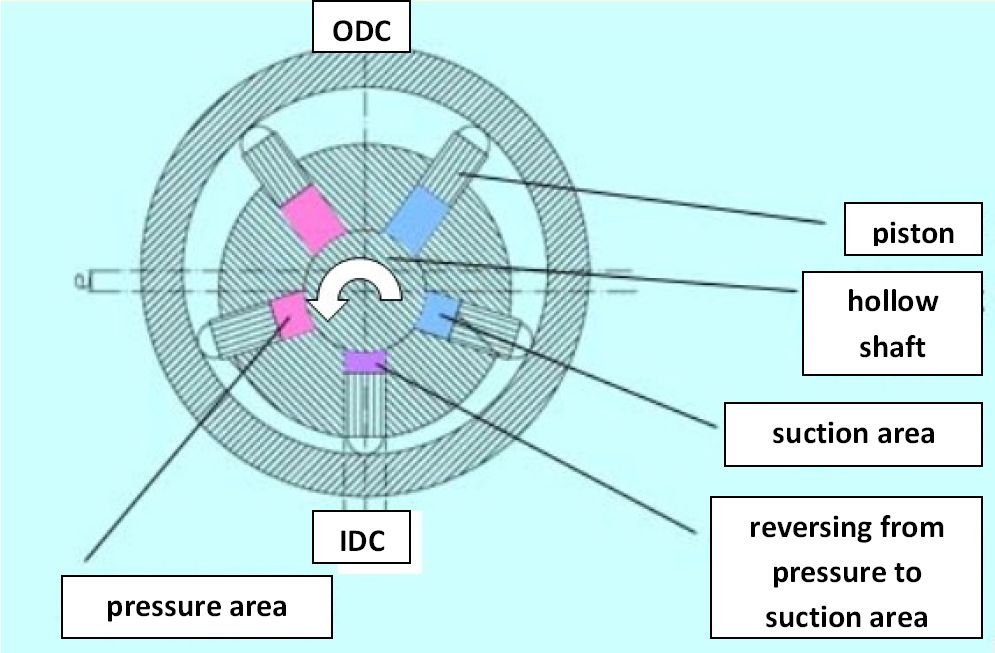|
Plunger (hydraulics)
A plunger is a Cylinder, cylindrical rod used to transmit Hydraulics, hydraulic compression force. It is characterized by its length being much greater than its diameter, and it is thus distinguished from a regular piston (where the working surface is larger than the thickness of the rod, i.e. more like a Disk (mathematics), disk). They are mainly used as part of certain types of pumps and hydraulic machines. Plungers are used for Fluid mechanics, fluid-mechanical power transmission in pumps (Plunger pump, plunger pumps), Hydraulic transmission, hydraulic gearboxes, high-pressure diesel Injection pump, injection pumps, Hydraulic press, hydraulic workshop presses and Jack (device), jacks, and other equipment, and are distinguished in fluid mechanics by being a piston without moving seals. The seals are instead located in the wall through which the plunger slides (as opposed to Piston ring, piston rings on a piston). Plungers are often supplied with a suitable stationary plunger bus ... [...More Info...] [...Related Items...] OR: [Wikipedia] [Google] [Baidu] |
Piston VS Plunger Pump
A piston is a component of reciprocating engines, reciprocating pumps, gas compressors, hydraulic cylinders and pneumatic cylinders, among other similar mechanisms. It is the moving component that is contained by a cylinder and is made gas-tight by piston rings. In an engine, its purpose is to transfer force from expanding gas in the cylinder to the crankshaft via a piston rod and/or connecting rod. In a pump, the function is reversed and force is transferred from the crankshaft to the piston for the purpose of compressing or ejecting the fluid in the cylinder. In some engines, the piston also acts as a valve by covering and uncovering ports in the cylinder. __TOC__ Piston engines Internal combustion engines An internal combustion engine is acted upon by the pressure of the expanding combustion gases in the combustion chamber space at the top of the cylinder. This force then acts downwards through the connecting rod and onto the crankshaft. The connecting rod is attached t ... [...More Info...] [...Related Items...] OR: [Wikipedia] [Google] [Baidu] |
Slurry
A slurry is a mixture of denser solids suspended in liquid, usually water. The most common use of slurry is as a means of transporting solids or separating minerals, the liquid being a carrier that is pumped on a device such as a centrifugal pump. The size of solid particles may vary from 1 micrometre up to hundreds of millimetres. The particles may settle below a certain transport velocity and the mixture can behave like a Newtonian or non-Newtonian fluid. Depending on the mixture, the slurry may be abrasive and/or corrosive. Examples Examples of slurries include: *Cement slurry, a mixture of cement, water, and assorted dry and liquid additives used in the petroleum and other industries *Soil/cement slurry, also called Controlled Low-Strength Material (CLSM), flowable fill, controlled density fill, flowable mortar, plastic soil-cement, K-Krete, and other names *A mixture of thickening agent, oxidizers, and water used to form a gel explosive *A mixture of pyroclastic materi ... [...More Info...] [...Related Items...] OR: [Wikipedia] [Google] [Baidu] |
Megapascal
The pascal (symbol: Pa) is the unit of pressure in the International System of Units (SI). It is also used to quantify internal pressure, stress, Young's modulus, and ultimate tensile strength. The unit, named after Blaise Pascal, is an SI coherent derived unit defined as one newton per square metre (N/m2). It is also equivalent to 10 barye (10 Ba) in the CGS system. Common multiple units of the pascal are the hectopascal (1 hPa = 100 Pa), which is equal to one millibar, and the kilopascal (1 kPa = 1000 Pa), which is equal to one centibar. The unit of measurement called '' standard atmosphere (atm)'' is defined as . Meteorological observations typically report atmospheric pressure in hectopascals per the recommendation of the World Meteorological Organization, thus a standard atmosphere (atm) or typical sea-level air pressure is about 1013 hPa. Reports in the United States typically use inches of mercury or millibars (hectopascals). In Canada, ... [...More Info...] [...Related Items...] OR: [Wikipedia] [Google] [Baidu] |
Micrometre
The micrometre (English in the Commonwealth of Nations, Commonwealth English as used by the International Bureau of Weights and Measures; SI symbol: μm) or micrometer (American English), also commonly known by the non-SI term micron, is a unit of length in the International System of Units (SI) equalling (SI standard prefix "micro-" = ); that is, one millionth of a metre (or one thousandth of a millimetre, , or about ). The nearest smaller common SI Unit, SI unit is the nanometre, equivalent to one thousandth of a micrometre, one millionth of a millimetre or one billionth of a metre (). The micrometre is a common unit of measurement for wavelengths of infrared radiation as well as sizes of biological cell (biology), cells and bacteria, and for grading wool by the diameter of the fibres. The width of a single human hair ranges from approximately 20 to . Examples Between 1 μm and 10 μm: * 1–10 μm – length of a typical bacterium * 3–8 μm – width of str ... [...More Info...] [...Related Items...] OR: [Wikipedia] [Google] [Baidu] |
Diesel Engine
The diesel engine, named after the German engineer Rudolf Diesel, is an internal combustion engine in which Combustion, ignition of diesel fuel is caused by the elevated temperature of the air in the cylinder due to Mechanics, mechanical Compression (physics), compression; thus, the diesel engine is called a compression-ignition engine (CI engine). This contrasts with engines using spark plug-ignition of the air-fuel mixture, such as a petrol engine (gasoline engine) or a gas engine (using a gaseous fuel like natural gas or liquefied petroleum gas). Introduction Diesel engines work by compressing only air, or air combined with residual combustion gases from the exhaust (known as exhaust gas recirculation, "EGR"). Air is inducted into the chamber during the intake stroke, and compressed during the compression stroke. This increases air temperature inside the Cylinder (engine), cylinder so that atomised diesel fuel injected into the combustion chamber ignites. The torque a dies ... [...More Info...] [...Related Items...] OR: [Wikipedia] [Google] [Baidu] |
Piston Pump
A piston pump is a type of positive displacement pump where the high-pressure seal reciprocates with the piston. Piston pumps can be used to move liquids or compress gases. They can operate over a wide range of pressures. High pressure operation can be achieved without adversely affecting flow rate. Piston pumps can also deal with viscous media and media containing solid particles. This pump type functions through a piston cup, oscillation mechanism where down-strokes cause pressure differentials, filling of pump chambers, where up-stroke forces the pump fluid out for use. Piston pumps are often used in scenarios requiring high, consistent pressure and in water irrigation or delivery systems. Types The two main types of piston pump are the lift pump and the force pump. Both types may be operated either by hand or by an engine. Lift pump In a lift pump, the upstroke of the piston draws water, through a valve, into the lower part of the cylinder. On the downstroke, water passes thro ... [...More Info...] [...Related Items...] OR: [Wikipedia] [Google] [Baidu] |
Radial Piston Pump
A radial piston pump is a form of hydraulic pump. The working pistons extend in a radial direction symmetrically around the drive shaft, in contrast to the axial piston pump. Construction The stroke of each piston is caused by an eccentric drive shaft or an external eccentric tappet (e.g., stroke ring). When filling the workspace of the pumping pistons from "inside" (e.g., over a hollow shaft) it is called an ''inside impinged'' (but outside braced) radial piston pump ''(picture 1)''. If the workspace is filled from "outside" it's called an ''outside impinged'' radial piston pump (but inside braced) ''(picture 2)''. Function The general mode of operation will be explained at the movement of one pumping piston by means of picture 1: The outer ring for bracing of the pumping pistons is in eccentric position to the hollow shaft in the center. This eccentricity determines the stroke of the pumping piston. The piston starts in the inner dead center (IDC) with suction process. A ... [...More Info...] [...Related Items...] OR: [Wikipedia] [Google] [Baidu] |
Axial Piston Pump
An axial piston pump is a positive displacement pump that has a number of pistons in a circular array within a ''cylinder block''. It can be used as a stand-alone pump, a hydraulic motor or an automotive air conditioning compressor. Description An axial piston pump has a number of pistons (usually an odd number) arranged in a circular array within a ''housing'' which is commonly referred to as a ''cylinder block'', ''rotor'' or ''barrel''. This cylinder block is driven to rotate about its axis of symmetry by an integral shaft that is, more or less, aligned with the pumping pistons (usually parallel but not necessarily). *Mating surfaces. One end of the cylinder block is convex and wears against a mating surface on a stationary ''valve plate''. The inlet and outlet fluid of the pump pass through different parts of the sliding interface between the cylinder block and valve plate. The valve plate has two semi-circular ports that allow inlet of the operating fluid and exhaust o ... [...More Info...] [...Related Items...] OR: [Wikipedia] [Google] [Baidu] |
Cement
A cement is a binder, a chemical substance used for construction that sets, hardens, and adheres to other materials to bind them together. Cement is seldom used on its own, but rather to bind sand and gravel ( aggregate) together. Cement mixed with fine aggregate produces mortar for masonry, or with sand and gravel, produces concrete. Concrete is the most widely used material in existence and is behind only water as the planet's most-consumed resource. Cements used in construction are usually inorganic, often lime- or calcium silicate-based, and are either hydraulic or less commonly non-hydraulic, depending on the ability of the cement to set in the presence of water (see hydraulic and non-hydraulic lime plaster). Hydraulic cements (e.g., Portland cement) set and become adhesive through a chemical reaction between the dry ingredients and water. The chemical reaction results in mineral hydrates that are not very water-soluble. This allows setting in wet conditions or u ... [...More Info...] [...Related Items...] OR: [Wikipedia] [Google] [Baidu] |








